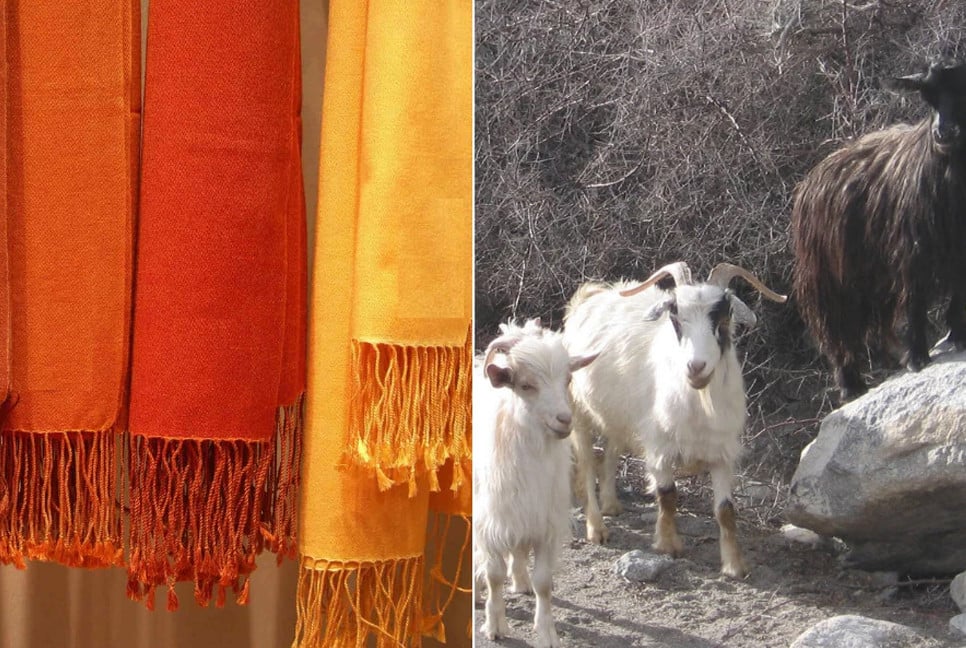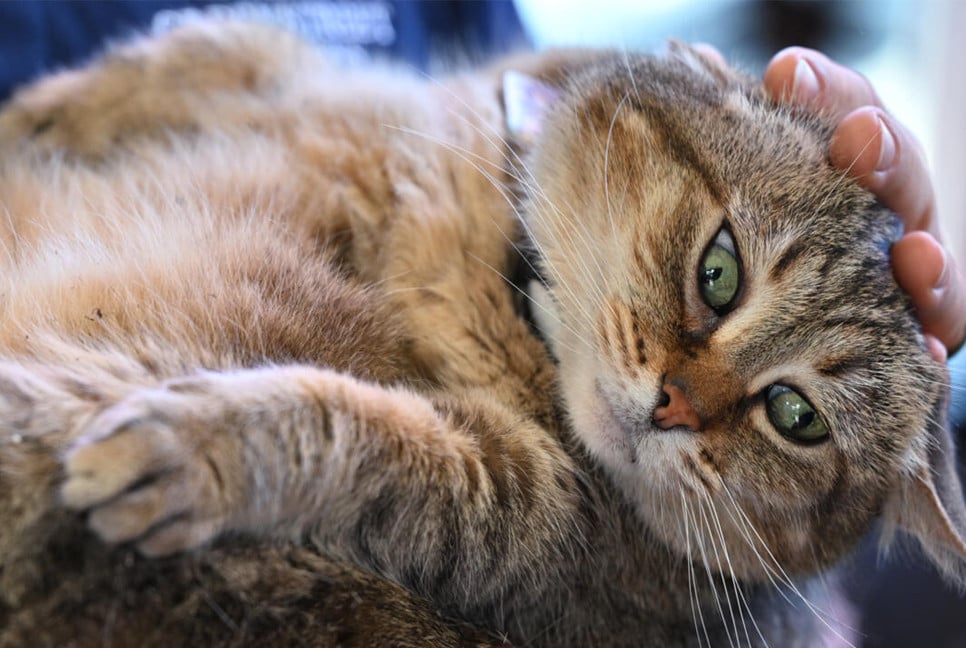As winter is coming, quality shawls become a wardrobe essential for those who value both warmth and style. Among pleasuring winter-wear, the Pashmina shawl is noteworthy for its timeless elegance, made from the ultra-fine fibers of the Changthangi Mountain Goat.
Originating in Ladakh in northern India, these shawls introduce a rich cultural heritage and are in high demand in worldwide. However, the market is flooded with imitations, making it crucial to know how to distinguish a true Pashmina. Here’s a guide on identifying an authentic Pashmina shawl and ensuring your investment reflects its genuine beauty and craftsmanship.
5 effective ways to spot a real pashmina shawl
Feel the Softness
The hallmark of genuine Pashmina is its uniquely fine softness without compromising warmth. A gentle stroke over Pashmina feels feather-light, with an even smoothness across its entire surface.
In contrast, synthetic or blended shawls often feel coarse, stiff, and less flexible, lacking the delicate texture of authentic Pashmina.
Observe the Weave
Original Pashmina fabrics are hand woven with traditional techniques. It results in a distinctive, slightly uneven weave that reflects the artisanal craftsmanship behind each piece.
Machine-made shawls, on the contrary, have a uniform, flawless weave, lacking this character. Holding the fabric reveals subtle differences, with these irregularities highlighting the skill and heritage embedded in pure Pashmina, all without compromising its flexibility or warmth.
Sunlight Test
Authentic Pashmina doesn’t shine when exposed to sunlight, as its natural fibers absorb light rather than reflect it. If a shawl glitters in direct light, it likely contains silk, nylon, or other synthetic materials.
Though finely woven, this fabric is not transparent, meaning sunlight does not pass or refract through it; instead, it effectively blocks light.
Static Check
To test for synthetic content, gently rub the edge of the shawl between two fingers. Synthetic fibers generate static electricity through friction, causing the fibers to stand upright.
Since the original Pashmina is made from natural wool, friction does not generate static electricity. As a result, the fine wool fibers remain in place without standing up when rubbed.
Flame Test
This test should only be used when other methods leave doubts, as it is best avoided unless necessary. It remains a highly effective technique for verifying authentic Pashmina, but caution is essential.
Gently pull a small thread from the shawl and burn it. Genuine Pashmina will emit a scent similar to burning hair and turn to fine, powdery ash. In contrast, synthetic fibers will begin to melt, releasing a plastic-like odor and leaving a hardened residue as they burn.
In a Nutshell
Spotting a real Pashmina shawl requires attention to key characteristics that distinguish it from its synthetic counterparts. Texture, weave patterns, and burn tests offer physical indicators, while sunlight transparency and friction behavior further help identify natural versus synthetic fibers. Each method ensures an investment in a genuine piece of luxury crafted from Changthangi goat wool, embodying traditional craftsmanship. These five steps provide a reliable approach, enabling the selection of a true, high-quality shawl suited for warmth in winter and elegance.
Source: UNB
Bd-pratidin English/ Afia




































































